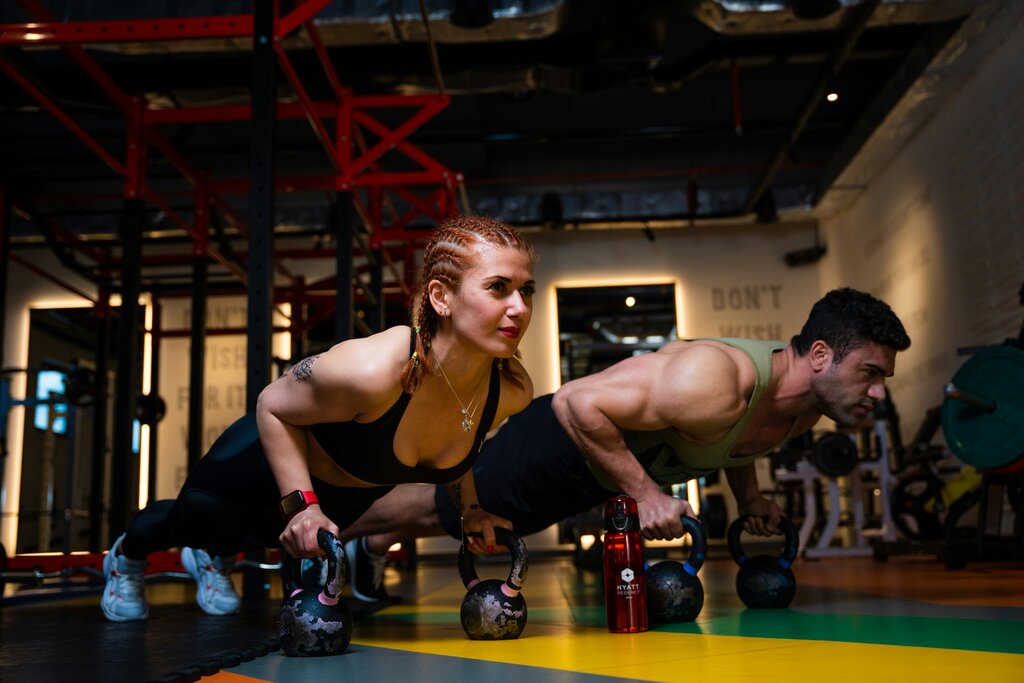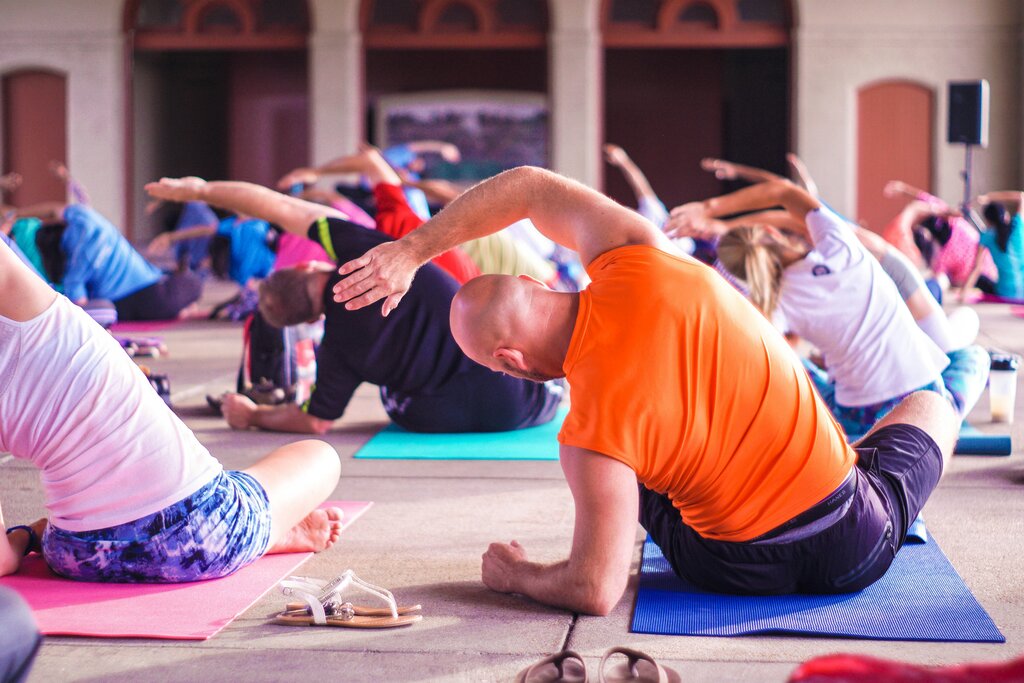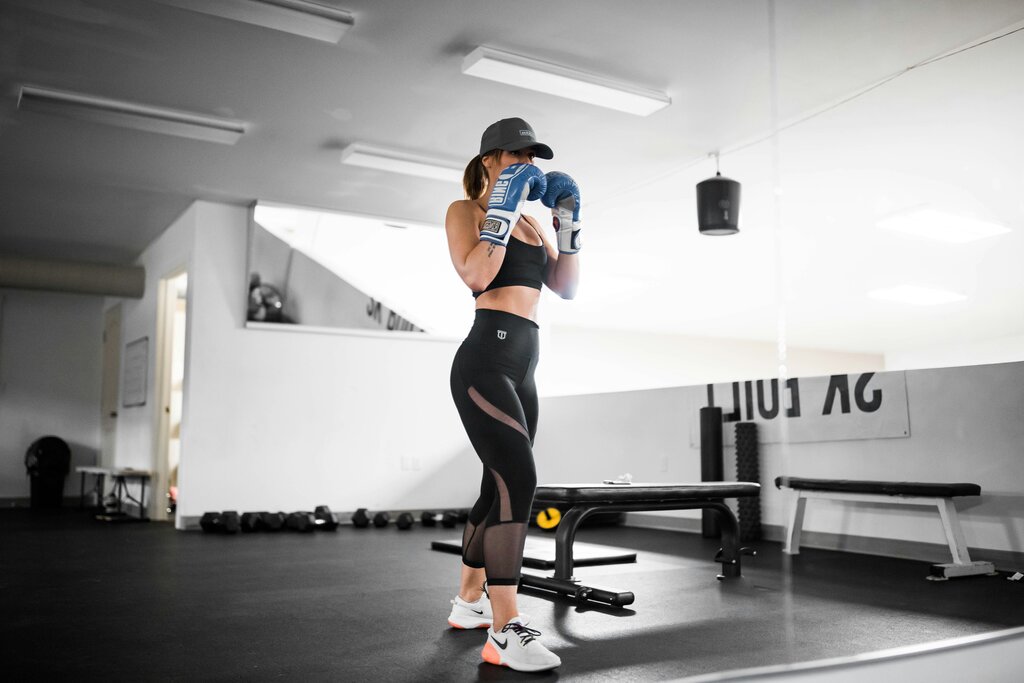Beginner's Guide to Fitness: How to Start Efficiently

Beginner's Guide to Fitness: How to Start Efficiently
Starting a fitness journey can be both exciting and overwhelming. With so much information online鈥攔anging from six-pack shortcuts to 鈥渕agic鈥?diets鈥攊t's easy for beginners to feel lost or intimidated. This guide breaks down the most essential principles , giving you a realistic, sustainable, and science-backed way to begin your fitness path with confidence.
馃 Step 1: Set a Clear and Personal Goal
Before you touch a single dumbbell or step onto a treadmill, ask yourself:
- Why do I want to get fit?
- What outcome do I want?
- Am I aiming to lose weight, gain strength, build muscle, or feel more energetic?
Having a clear objective helps determine the type of training , nutrition plan , and timeline you should follow.
馃幆 Examples of realistic beginner goals:
- Lose 5 kg in 3 months
- Do 10 push-ups without stopping
- Workout 3 times a week consistently
Avoid vague goals like "get shredded" or "look like a model"鈥攆ocus on what you can control.
馃弸锔忊€嶁檧锔?Step 2: Understand the Basics of Training
There are three core components to a well-rounded fitness plan:
1. Strength Training
Builds muscle, increases metabolism, and supports joint and bone health.
Beginner-friendly exercises:
- Bodyweight squats
- Push-ups (incline or knee version)
- Dumbbell rows
- Glute bridges
- Planks
馃弸锔?Try 2鈥? full-body sessions/week using compound movements that work multiple muscles.
2. Cardiovascular Training
Improves heart health and burns calories.
Options:
- Walking or jogging
- Cycling
- Swimming
- HIIT (High-Intensity Interval Training)
馃晵 Start with 20鈥?0 minutes, 2鈥? times/week , and gradually increase intensity.
3. Mobility and Flexibility
Often neglected, but essential for injury prevention and recovery.
Include:
- Dynamic stretches before workouts
- Static stretches after workouts
- Foam rolling for muscle tightness
馃鈥嶁檧锔?Yoga can also be a great addition.
馃嵔锔?Step 3: Nail Down Your Nutrition
Exercise is important, but you can't out-train a poor diet .
馃М Caloric Balance
- To lose fat : eat in a calorie deficit
- To gain muscle : eat in a calorie surplus
- To maintain : eat at maintenance level
Use tools like MyFitnessPal or Cronometer to track intake.
馃ウ Eat Whole Foods
Focus on:
- Protein : chicken, tofu, eggs, legumes
- Carbs : whole grains, vegetables, fruit
- Fats : nuts, olive oil, avocado
- Hydration : drink at least 2鈥? liters of water daily
馃幆 Aim for 1.6鈥?.2g of protein per kg of bodyweight if your goal is muscle gain or fat loss.
馃泴 Step 4: Prioritize Recovery
Muscles grow during rest , not while training. Beginners often ignore recovery, leading to overtraining and burnout.
馃洀锔?Key elements of recovery:
- Sleep : Aim for 7鈥? hours
- Rest days : Include 1鈥? per week
- Stress management : Meditation, reading, social time
Listen to your body. Soreness is okay; pain is not .
馃搮 Step 5: Build a Beginner-Friendly Weekly Plan
Here鈥檚 a sample 3-day training split:
| Day | Focus | Workout Type |
|---|---|---|
| Monday | Full Body | Strength Training |
| Wednesday | Cardio + Core | Jog + Core Circuit |
| Friday | Full Body | Strength Training + Stretching |
馃挕 Pro Tip: Start slow. Consistency beats intensity.
鈴?Step 6: Stay Consistent and Patient
Fitness results take time and discipline . Many beginners quit within weeks due to unrealistic expectations or lack of results.
鉁?What to track:
- Energy levels
- Progress photos
- Workout performance (e.g., heavier weights, better form)
- Clothing fit
馃毇 Common Mistakes to Avoid
- Doing too much too soon
- Comparing yourself to others
- Skipping warm-ups or cool-downs
- Not eating enough (especially protein)
- Chasing fads or overcomplicating things
馃К The Science Backs Simplicity
鈥淭he best exercise is the one you can stick with.鈥?
鈥? American College of Sports Medicine (ACSM)
Scientific reviews show that adherence to a fitness routine is more important than the type of training or diet used. [1]
馃Л Summary Checklist for Beginners
鉁?Set a specific goal
鉁?Strength train 2鈥?x/week
鉁?Add cardio gradually
鉁?Stretch and rest
鉁?Eat whole, balanced meals
鉁?Sleep well
鉁?Track progress
鉁?Stay consistent
馃摎 References
Bauman, A. E., Reis, R. S., Sallis, J. F., Wells, J. C., Loos, R. J., & Martin, B. W. (2012). Correlates of physical activity: why are some people physically active and others not? The Lancet , 380(9838), 258鈥?71.
Schoenfeld, B. J., & Krieger, J. W. (2010). The impact of protein intake on muscle hypertrophy and strength gains. Journal of the International Society of Sports Nutrition , 7(1), 1鈥?0.




